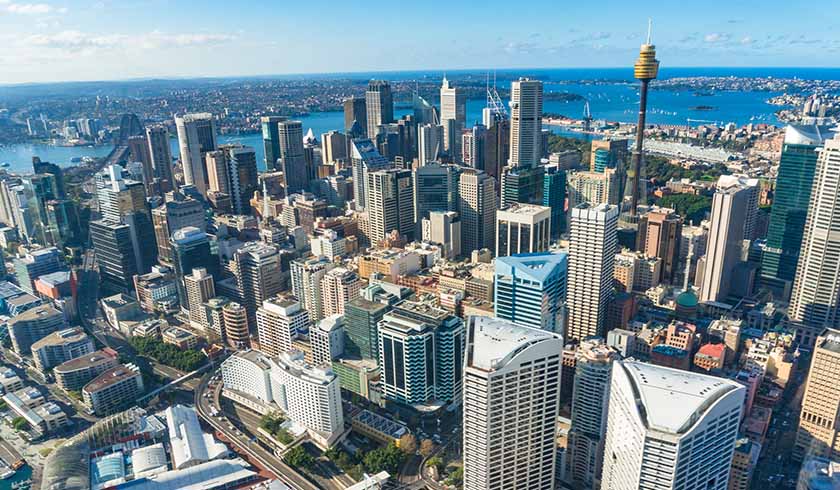Has the non-CBD office sector won over the market?
Many experts predicted a decentralisation of businesses to non-CBD areas as the workforce shifted to remote working last year. But with the office market clearly in a rebound, has this expectation come to fruition?

The past 12 months have seen the office workforce settle into a largely work-from-home routine, begging the question as to how businesses can reactivate office-based work moving forward.
Many have anticipated current occupiers to decentralise from CBD to non-CBD locations or at least implement hub-and-spoke strategies, but as the office market slowly regains its footing, fresh data from Colliers suggests this hasn’t been the case to date.
In fact, of the 162 deals signed across all of Australia’s major markets over the first quarter of 2021, 84 were within the CBD, while a slightly lower 78 were across the non-CBD markets.
The hub-and-spokes strategy, with the spokes representing a suburban location, has not been a widely adapted business move either, Colliers’ national director for research, Joanne Henderson, pointed out.
Even as restrictions ease, the chosen “spokes” for most businesses are still the work-from-home or flex-space arrangements, while the hub generally remains in either a CBD or non-CBD location, depending on the business’ specific needs.
Looking at businesses that did opt to relocate, Colliers found that 72 per cent have just moved within the CBD or moved within or between a non-CBD office precinct.
“Flex-space within suburban locations is still very much being discussed by operators who are searching for suitable space to operate and by businesses that are contemplating whether they can offer flex-space options closer to home for their employees.
“However, these are decisions that cannot be made rapidly and will take time to play out. We expect to have a clearer picture of potential suburban flex space trends by the end of 2021 and into 2022,” Ms Henderson explained.
Ultimately, there has been no material shift by the office market as of late, in terms of location preferences, the researcher noted.
After all, she explained, businesses rarely pivot on previous strategies without considering a variety of influencers outside of just cost factors, including workforce demographics, requirements for connectivity to client and stakeholder locations, company culture and the desired location for a company’s longer-term strategy and growth projections.
According to Ms Henderson: “Instead of pivoting on previous strategies which have fulfilled these requirements, tenants are still relocating with their previously chosen strategy in mind.
“To make a U-turn on these plans with no significant change in their strategy would be a costly exercise and one that will not be easy to unravel overnight.”
Relocation trends
While the great move from CBD to non-CBD office locations has not materialised, Ms Henderson did concede that demand has indeed increased across the non-CBD office markets, with evidence emerging of relocation between non-CBD locations within the same catchment area.
According to her, this was spurred largely by a wave of new supply and the “flight to quality and amenity”.
In 2020, over 257,000 sq m of newly developed or refurbished stock entered the market – the largest amount of new supply added to the non-CBD markets since 2009, equalling 3.9 per cent of total stock.
However, with most of the activity driven by SMEs, non-CBD office markets continue to face some uncertainty, Ms Henderson said.
“Major corporates and larger occupiers generally take longer to make significant real estate decisions and may still look to scale back their office footprint by some degree, affecting non-CBD office locations.”
Still, she believes that non-CBD office markets could very well be in a position to capitalise on a unique demand for alternative living and working choices created by the recent pandemic.
“The pandemic has heightened the demand for alternative choices of where to live, work and play and the interconnection of these components of life.
“Australia’s non-CBD office markets are in a unique position to capitalise on this demand as continued infrastructure and regeneration projects occur and new next-generation office buildings leverage on these transformations to create an ‘experience’ and not just a place to work,” Ms Henderson concluded.
